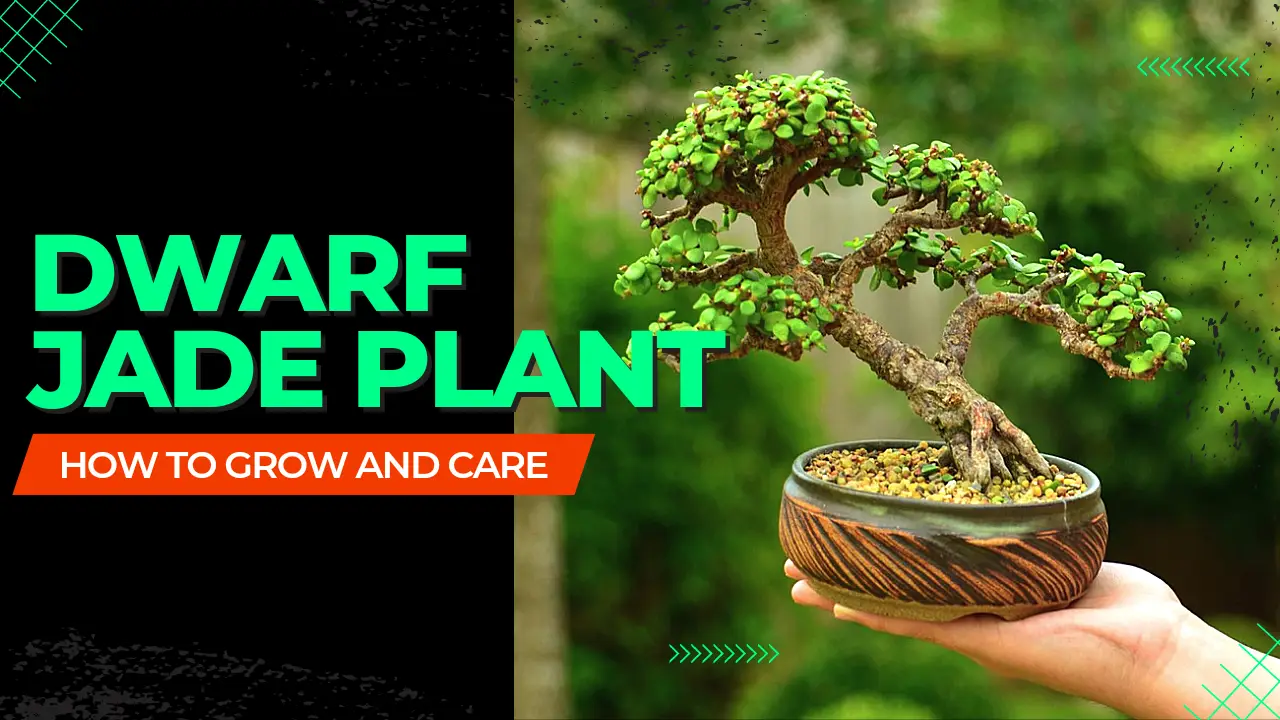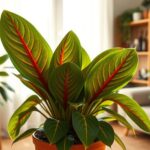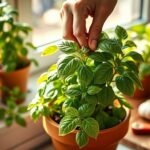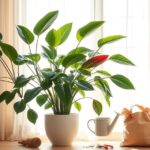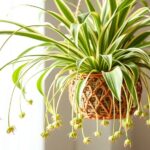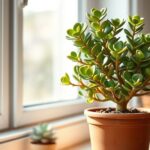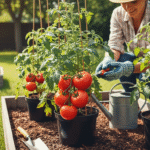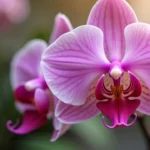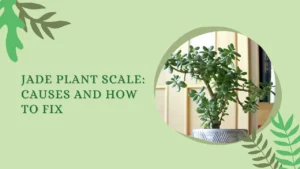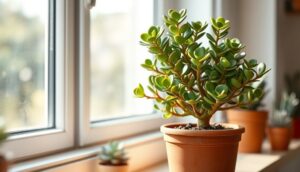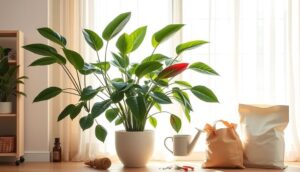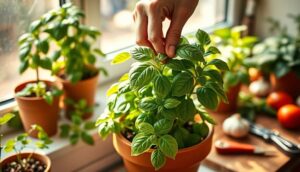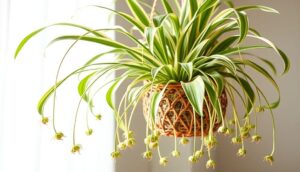It is common knowledge that plants are an amazing way to spruce up your homes most easily and elegantly. Whether it’s about adding color to our living room or generally improving the environment of our home, plants are a great way to go.
Bonsai trees are the perfect fit for our homes and one particular bonsai that can be the right choice is the jade plant. But how do we know which variety of jade plants is the right choice for your home? With over 1400 varieties of jade to choose from, it might be a hard choice for anyone.
In this article, we talk about one just variety of jade, dwarf jade.
Table of Contents
What do we know about the Dwarf Jade Plant?
Portulacaria Afra, which also goes by the name of the dwarf jade plant and elephant bush, is a small succulent shrub that is native to South America with thick, small leaves and woody stems.
Dwarf jade tends to resemble the common jade plant (Scientific name: Crassula Ovata) although the two are not actually related. Dwarf jade plants make very popular houseplants due to their small size.
These plants can also be grown as dwarf jade plants in hanging baskets and let them trail down the edges of a quirky planter. Dwarf jade bonsai plants tend to live for over one hundred years when they are properly taken care of.
How to care for them?
Like any other indoor plant, you must know how to care for your indoor ornaments in the best possible manner. In the case of dwarf jades, you need to keep in mind the following things for your bonsai to thrive.
🌞 Light
Your jade succulent is known for loving light, especially when they are young. When they are in the growth phase, you should expose them to bright, indirect sunlight to help them thriving.
During this time, they should receive at least 4 to 6 hours of sunlight daily. Just make sure that the light that they are exposed to shouldn’t fall on them directly or your young plants might get scorched leaves and the leaves of the older plants will get burnt.
🌱 Soil
The soil you plant your jade in is where its roots reside and you need to be extremely particular about what you grow your plant in. In the case of a jade plant, a succulent-specific blend is your best bet.
Ideally, the soil that houses your jade should have a neutral to slightly acidic pH level, and you should drain it well to prevent excessive moisture from accumulating and causing fungal growth in your plant.
In case your local nursery is out of a succulent-specific blend, you can use an all-purpose blend by adding some perlite to the mix. Also a piece of advice for the vessel – pick a terracotta or clay pot to help absorb extra moisture from the soil.
💦 Water
Indoor dwarf jade, like a lot of other jades, has very low watering needs. When watering, you need to let the soil dry slightly out before watering again.
There is an easy way to check if it needs water, the finger test. Put your finger into the first inch of soil in the pot. If it feels dry, it’s time you water your plant moderately, which means you have to thoroughly saturate the soil until water begins to come out of the pot’s bottom drainage holes.
Dwarf jade does not appreciate having wet feet so make sure you don’t pour in too much water that starts to accumulate in the saucer, and eliminate any excess water that pools.
If you decide to put your dwarf jade outdoors during the summer, it will require watering a little more frequently, as the soil dries out more quickly outdoors.
Again, even in this situation, your need to monitor the soil moisture to determine when it’s time to give the plant moderate watering.
✂️ Pruning
As was mentioned before, you need to prune your dwarf jade shrubs to train them into tiny bonsai trees. Make sure that the soil and the branches of your leafy friend are dry before you start to prune them.
Trim away branches that you think are obstructing the clean shape of the trunk, low-growing branches, dead branches, and any other branches that grow out of the shape you desire from your plant.
🌡️ Temperature and Humidity
The ideal room temperature for your dwarf jade ranged from 61 to 71 degrees Fahrenheit, but it will do fine if moved outdoors during much hotter conditions in the summer, as long as the watering requirements are looked into.
But this plant is not exactly frost-hardy and will be badly damaged or killed if merely exposed to a true frost. If left outdoors during the summer season, make sure you watch the weather forecast and bring it inside before the first fall frost.
⚡ Fertilizer
A common mistake that most of us make is underfeeding our succulents, especially during the growing season. For the best possible results, feed your jade plant a controlled-release fertilizer at the beginning of the season or weekly with a weak liquid solution.
Make sure that the fertilizer you use is a balanced mix in 20-20-20 at one-quarter strength on mature plants, and one with lower nitrogen concentration for younger plants.
🌿 Propagating Dwarf Jade
Not a lot of people know that it is almost impossible to acquire dwarf jade seeds, but this is a very easy plant to propagate through vegetative methods. Sometimes when the leaves drop into the soil may sprout up as new plants if everything goes well.
The usual method is to propagate dwarf jade from stem cuttings taken during spring or summer. Here’s what you need to do:
- Take a cutting that is about 3 to 6 inches and place it on a piece of paper towel to dry out for a few days until the cut starts to look callous.
- Go ahead and dust the lower third or half of the cutting with rooting hormone, then plant it in moist but not wet, yet appropriately-mixed soil. Place the planted cutting in a warm, bright location, shielded from direct sunlight or you’ll hurt the plant.
- Monitor the growth of your planted cutting, and when the soil dries out, lightly spray it with water to keep it just damp. Once new growth starts to appear, you can switch to occasional deeper watering.
Potting and Repotting Dwarf Jade
When a dwarf jade is grown as a houseplant, it is likely to do its best in a breathable unglazed clay pot, though any pot that has good drainage will suffice. The plant is known to thrive in shallow, wide pots, as the root system is relatively shallow.
Hold off on watering the said plant for at least a week after repotting. This allows the roots to dry out completely and become callous, which helps the plant to establish itself with ease. Watering immediately after repotting ends up in root rot for your jade.
Dwarf jade is quite a slow-growing plant and does not outgrow its pot that fast, but if you notice after some years that roots are clogging the drainage holes or creeping out of it in any manner, it’s time to repot it in a slightly larger container.
Types of Dwarf Jade
There are a few options to choose from, even in the case of Dwarf Jades and these can be briefly talked about in the following lines:
- ‘Variegata’: Common names for this dwarf include rainbow bush, mini jade, or elephant bush, and it has cream-colored and green variegated leaves.
- ‘Aurea’: Common names for this variety are yellow rainbow bush and yellow elephant food; it has leaves that usually are bright yellow when young and turn lime green as they age.
- ‘Prostrata’: the plant is commonly known as trailing elephant bush and the jade is a low-lying variety often used as a ground cover.
- ‘Medio-picta’: Also known as the mid-stripe rainbow bush, this variegated type has a lighter center and leaves that have a flower petal-like form.
- ‘Cork Bark’, is extremely popular for bonsai enthusiasts because of its fissured, corky bark.
- ‘Limpopo’ is a variety with leaves that are much larger than what other jade plants have.
⚠️ Common Problems faced by Dwarf Jade
Although resilient, it is common knowledge that all bonsai face some problems every now and then. Here are a few issues that might be affecting your plant and how should one go ahead from then:
Loss of Leaves
Sometimes you may notice that your jade plant is losing leaves or the leaves are just wilting off of the plant. When paired with underdeveloped leaves and leggy growth, this might be a sign of inadequate lighting.
To deal with this, you need to move your jade plant to a place with better lighting. If your house does not have adequate sunlight, supply your jade with artificial light. You need to meet the plant’s requirements for sunlight so that it can thrive.
Yellowing In Mass
What can you do if you see the leaves on your jade yellowing? The leading cause for this might be overwatering. If you notice that the roots are rotting, it’s a clear sign that you need to reduce watering levels.
In case the plant continues to decline even after you have cut the watering, check its root system, there is a chance that the rot has spread. If case roots are healthy and white, you can repot the plant in fresh soil.
However, if roots seem rotted, the only thing you can do is to start a new plant by propagation from leaves. Pick a strong, healthy leaf to propagate your new jade plant if you think that it is too late for your plant.
Insects/Pests
Having healthy bonsai leaves tends to go a long way for your plant. Overenthusiastic watering is the biggest enemy of your healthy and hearty plant. Do not overwater or it might develop root rot and will die. This doesn’t end here, the root rot might lead to pests and insects.
If you notice anything abnormal on your leaf drop, stickiness to the foliage, or visible insects, you need to treat the problem promptly. You have to start by spraying your bonsai with a solution of 1 teaspoon dish soap to 1 quart tepid water or Neem oil spray and spray till the mixture runs off the leaves; Rinse the solution off the leaves with plain water and repeat every few days as needed.
Conclusion
With all the discussion that has taken place so far, we know everything there is to know about repotting a jade plant. Since jade plants, especially smaller versions like the dwarf jade, are so common these days, it is important that we, as gardening enthusiasts, talk about how we can keep our beloved leafy friends healthy and help them thrive.
But make sure that you are a responsible plant parent and know everything about the plant before you go ahead and indulge in decorating your homes with the prettiest plants when you don’t even know about them.
FAQs
Q1. How big a cutting do we need to propagate the plant?
You need to take 2 ½ to 6-inch cuttings and let them dry out for 2 weeks. Then go ahead and plant them in a dry peat moss-sand mix and do not water. Water sparingly and only after new root fibers have developed.
Q2. Should I soak my Jade Plant before repotting?
Since Jade Plants are succulents, they are sensitive to watering, so it’s best not to soak them during the repotting process. But if the plant is firmly stuck in a pot that’s too small, soaking may be the only option. Just make sure that you don’t water it right after repotting.
Q3. How often do we need the repotting?
Repotting is necessary every two years in the late spring, after pruning the roots. The dwarf jade will appreciate being repotted with sandy loam as it needs very good drainage.

